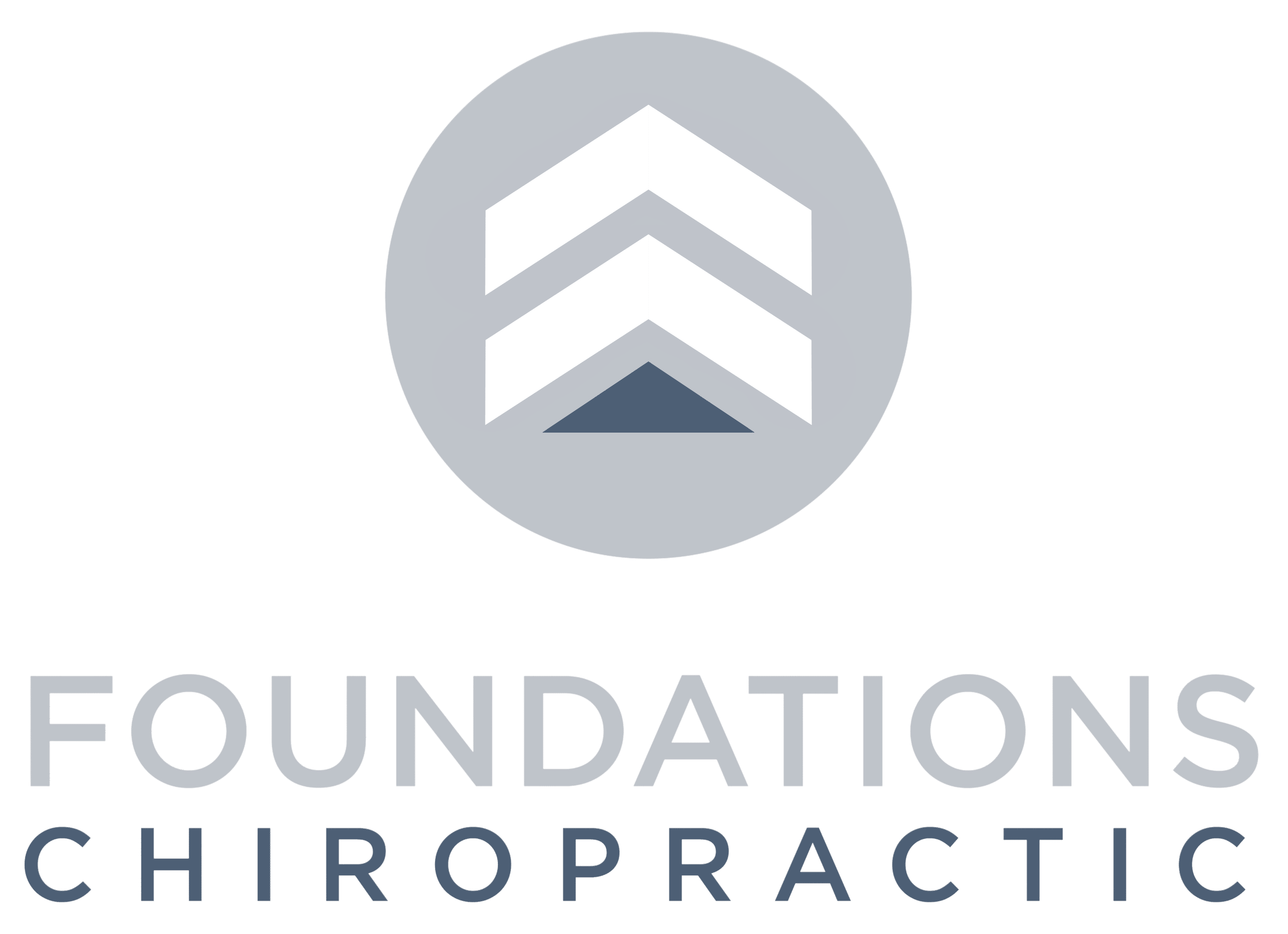Have you ever watched your child go from calm to chaotic in an instant—meltdown at the store, bedtime battles, or panic over a simple change in routine—and thought, “Where did that come from?”
It may seem like these behaviors are just part of growing up, but they’re often signs of something deeper: a chronically overactive sympathetic nervous system.
As Pediatric Neurologically-Focused Chiropractors, our job is to look beneath the surface and ask why. Why is your child constantly on edge? Why can’t they sleep well, focus in class, or regulate their emotions like other kids? More often than not, the answer lies within a part of the nervous system that’s stuck in overdrive.
What Is the Sympathetic Nervous System?
The sympathetic nervous system (SNS) is one branch of the autonomic nervous system—your body’s built-in autopilot. While the parasympathetic branch helps us rest, digest, and heal, the sympathetic branch is responsible for the body’s “fight or flight” response. It kicks in when we’re faced with a threat or under stress, flooding the body with hormones like adrenaline and cortisol so we can act quickly.
This survival system is powerful and necessary—but only when it’s used appropriately. It’s meant to be temporary. When the danger passes, the parasympathetic system should take over and bring the body back to balance. But what happens when that doesn’t happen?
The Real-Life Impact on Kids
In today’s fast-paced, high-stress world, many children get “stuck” in sympathetic dominance. Their bodies are constantly operating as if they’re under attack, even when they’re not. This imbalance—known as dysautonomia or nervous system dysregulation—can affect every part of a child’s life.
A child in sympathetic overdrive may experience:
- Frequent meltdowns or anxiety
- Poor sleep or bedtime resistance
- Digestive issues like constipation or stomachaches
- Recurring ear infections or sinus issues
- Sensory processing challenges or hyperactivity
- Trouble focusing or learning in school
Their system is doing its job—protecting them from danger—but in the absence of real danger, it becomes a constant state of dysregulation that derails their development, health, and behavior.
What Causes the Nervous System to Get Stuck?
The most overlooked and misunderstood cause is subluxation—misalignment and tension in the spine and nervous system that interferes with communication between the brain and body. Subluxations can build up from:
- Birth trauma (especially with interventions like C-section, forceps, vacuum, or induction)
- Chronic stress
- Toxins
- Infections or inflammation
- Falls, bumps, and minor injuries
One of the most impacted nerves during birth trauma is the Vagus Nerve, which plays a huge role in regulating the parasympathetic system. When the Vagus Nerve is underperforming due to subluxation or trauma, the sympathetic system takes over—and stays in charge.
This leads to what we call the Perfect Storm—a vicious cycle where constant stress signals reinforce the imbalance and further dysregulate a child’s nervous system.
How We Can Help: Neurological INSiGHT Scans & Gentle Adjustments
The good news? There is a clear, natural path forward. It starts with a deep understanding of your child’s nervous system.
At Foundations, we begin every care journey with Neurological INSiGHT scans—a gentle, non-invasive way to measure:
- Where subluxation is occurring
- How severe the nervous system stress is
- Which areas of the brain and body are most affected
These scans give us the roadmap to customize care for your child’s unique needs. Our gentle, neurologically-focused adjustments work to calm the sympathetic system, activate the parasympathetic system, and restore proper communication throughout the body.
When balance is restored, the results can be life-changing. Parents often report:
- Better sleep
- Improved digestion
- Fewer sensory issues
- More regulated emotions
- Better focus and learning
- Stronger immune function
We don’t treat symptoms. We address the root cause—and the nervous system tells us where to start.
Why It Matters More Than Ever
With more children than ever experiencing neurodevelopmental, behavioral, and emotional challenges, it’s time we stop masking symptoms and start asking why. Understanding the sympathetic nervous system—and how it affects everything from gut health to sleep to school performance—is a powerful first step in helping your child thrive.
If you’ve tried therapy, medications, diets, and endless testing with no clear answers, it may be time to go deeper. Nervous system-based care is not only safe and effective—it’s exactly what many kids have been missing all along.
✨ Ready to find out what’s really going on inside your child’s nervous system? Schedule a consultation and INSiGHT scan with our team today.

